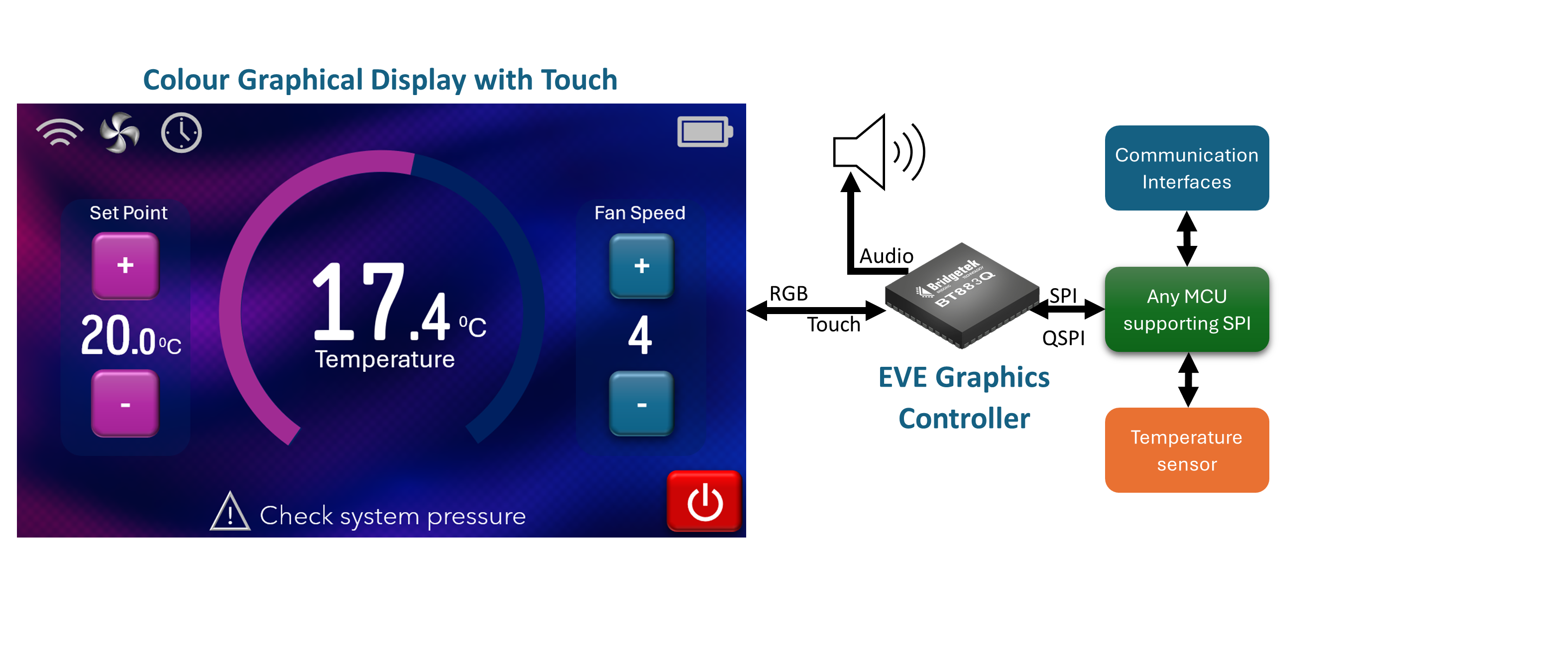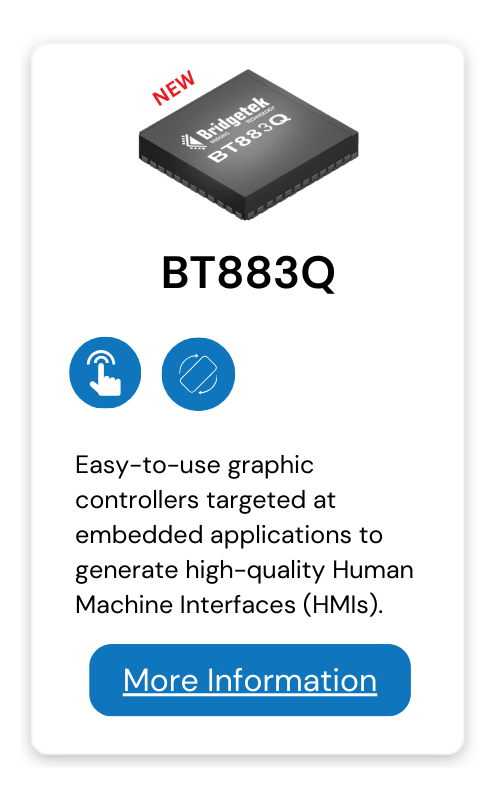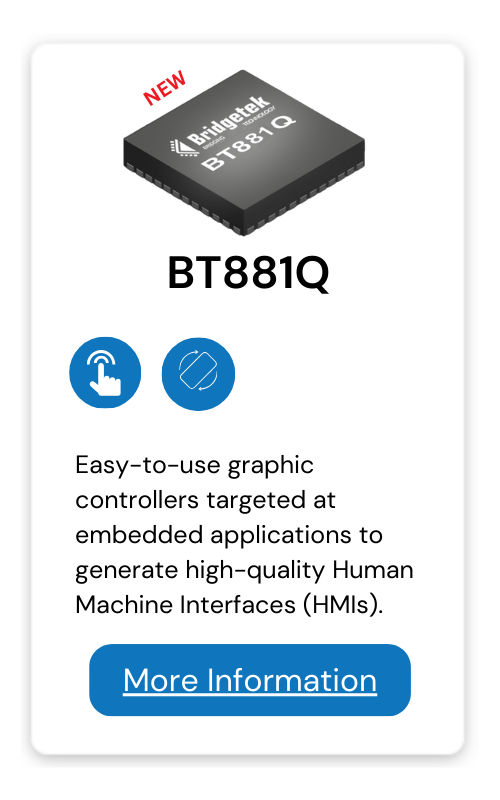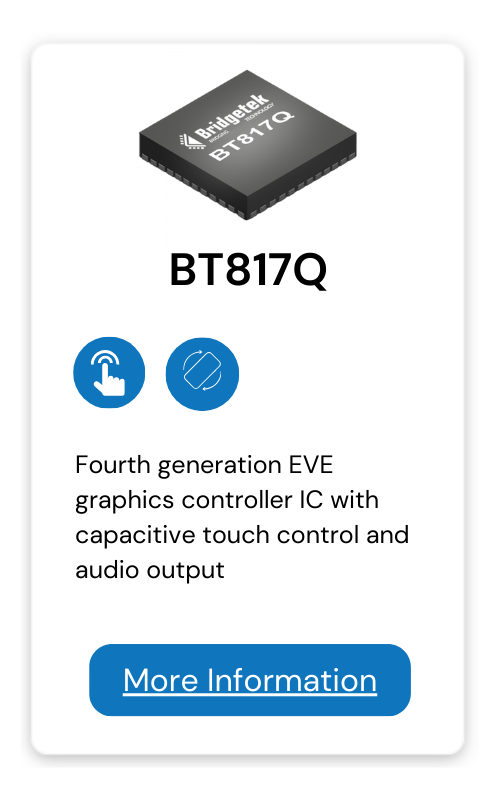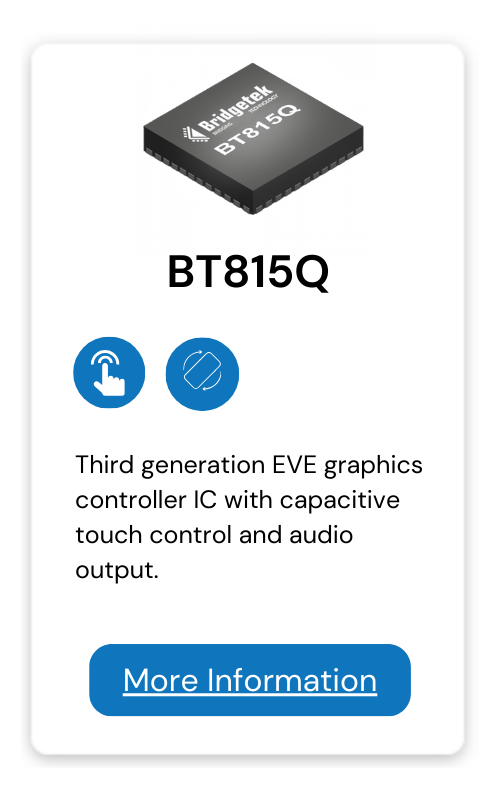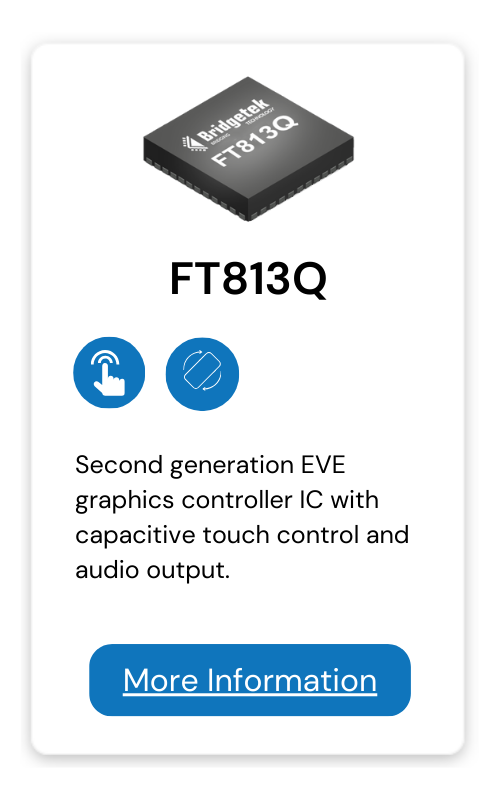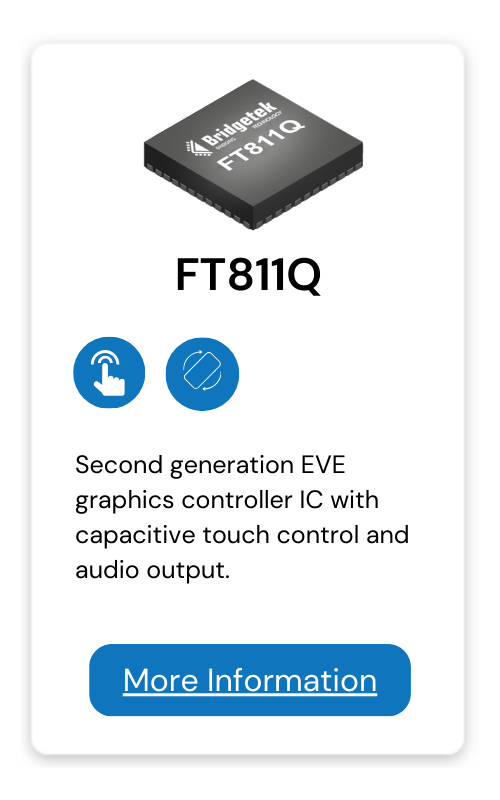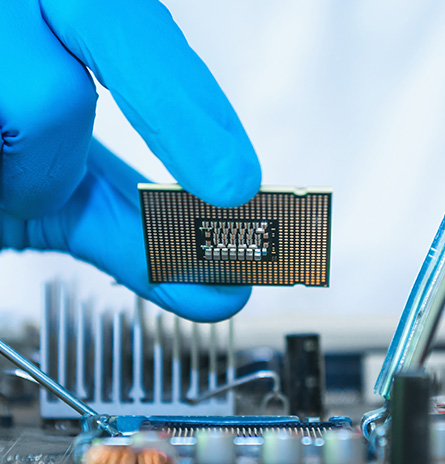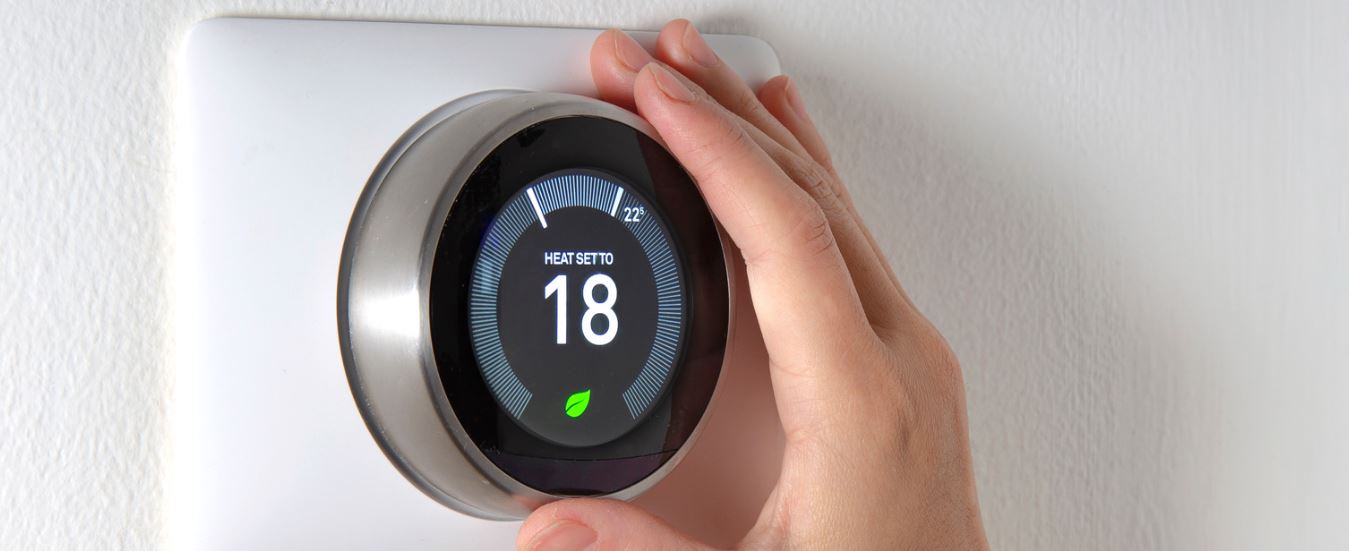
Overview
HVAC (Heating, Ventilation, Air Conditioning) control panels were traditionally mechanical controls, small LCDs or custom fixed segment displays. However, there is a growing trend in adding colour graphical touchscreens to them. The earlier display technologies forced designers to accept significant trade-offs in the functionality, layout and user-friendliness of the controller. Users can find the product difficult to use and their overall impression of the HVAC system does not fulfill its full potential.
EVE can bring many benefits to an HVAC design including:
- Freedom to design an optimal interface from the ground up, centered around the user experience
- Create an attractive and user-friendly interface easily, supported by a wealth of tools and code examples
- Display user messages in full text and in different languages rather than cryptic error codes
- Incorporate a touch screen to further enhance the user interface
- Update the existing product whilst retaining much of the original HVAC control design and firmware
Key Features:
The following key features of EVE make it ideal for HVAC controls:
- Resistive or Capacitive touch interface avoids the need for mechanical buttons
- Extensive graphical capabilities and bitmap support for an attractive user interface design
- Text commands allow full error messages to be displayed rather than error codes for a better user experience
- Custom fonts allow multi-language support rather than different controller versions for each region
- Audio tone generation for touch acknowledgement and user alerts with minimal effort from the MCU
- Variety of screen sizes supported to suit different HVAC control form factors (e.g. 3.5”, 5”, 7”, 10” and circular)
- Use with almost any MCU which has an SPI Master including low-end MCUs
- Eliminate the need to re-design the product using a more complex MCU with on-board graphics capabilities
- EVE takes the workload of generating the graphics and processing touch away from the MCU
- Software tools, examples and technical support from Bridgetek avoid steep learning curves


